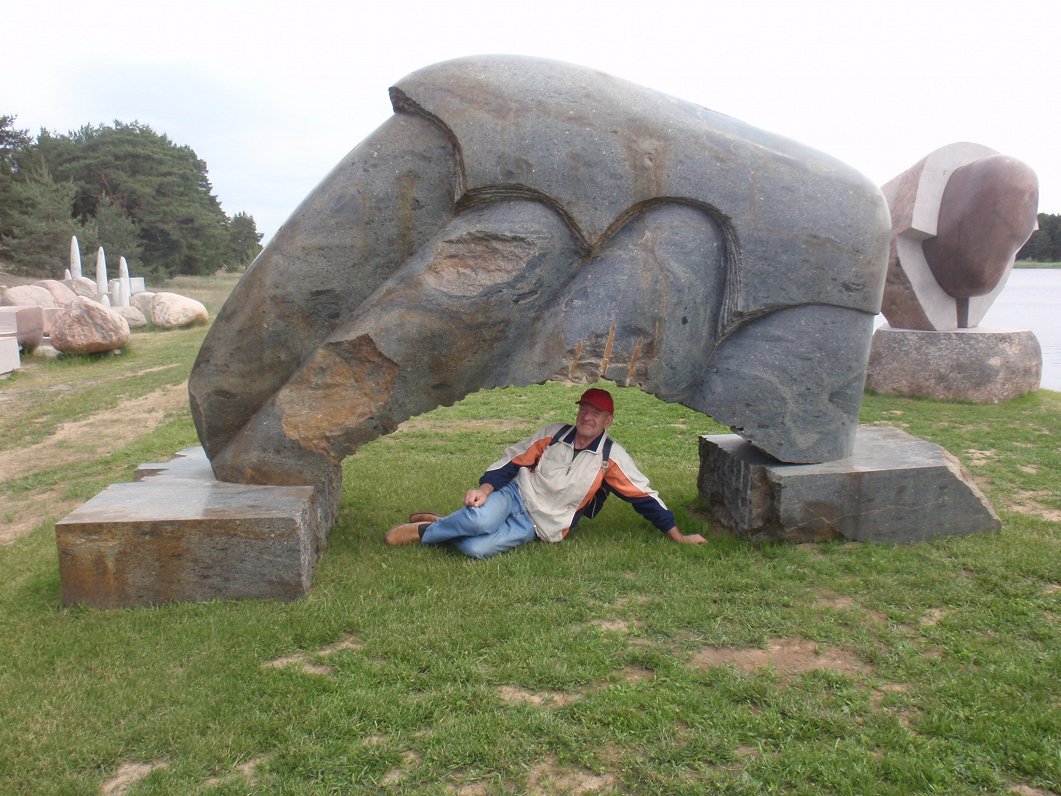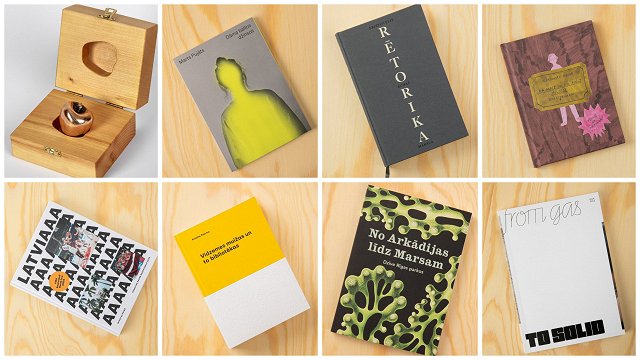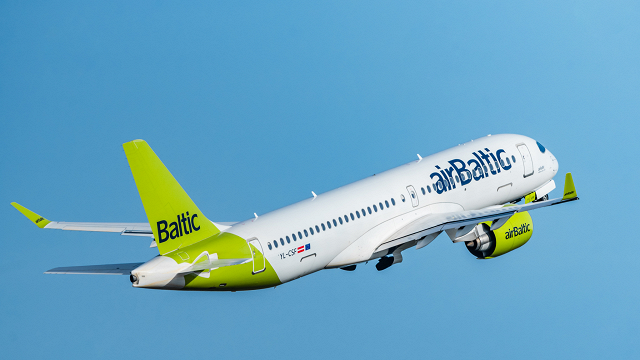From the Freedom Monument and the Brothers' military cemetery to the gaggle of characters decorating its Art Nouveau buildings, Riga boasts many fine stone sculptures. But few people realise that another gallery of intriguing works is displayed on the capital’s bucolic outskirts.
The semi-rural community of Vakarbuļļi is located on an island wedged between the Daugava, Lielupe and Buļļupe rivers and the Gulf of Riga, some 27 kilometres from the city center. Here, sculptor Pauls Jaunzems has populated the waterfront with 30 works painstakingly carved with his own hands, blending nature, philosophy and good humour into a unique artistic encounter.
“What you see here is a labour of love and creativity formed over 25 years, and it’s not a business – I just follow my heart,” he says. “The park is a series of reflections on our times, and the sculptures impart ideas which were important to me when I made them.”
Heavy duty
Pauls grew up near Ventspils and studied at the Art Academy of Latvia. In the 1990s, he started building a family home at Vakarbuļļi, and the sculpture park gradually evolved in the front yard.
Visitors have dubbed his array of sculptures “the Latvian Stonehenge,” and compared it with Easter Island. Others draw parallels with the Coral Castle dreamed up a century ago by exiled Latvian Edvards Liedskalniņš in Florida.
For Pauls, each piece begins with an idea he wants to express. Then he visits gravel quarries near Tukums, where a large stone is occasionally unearthed.
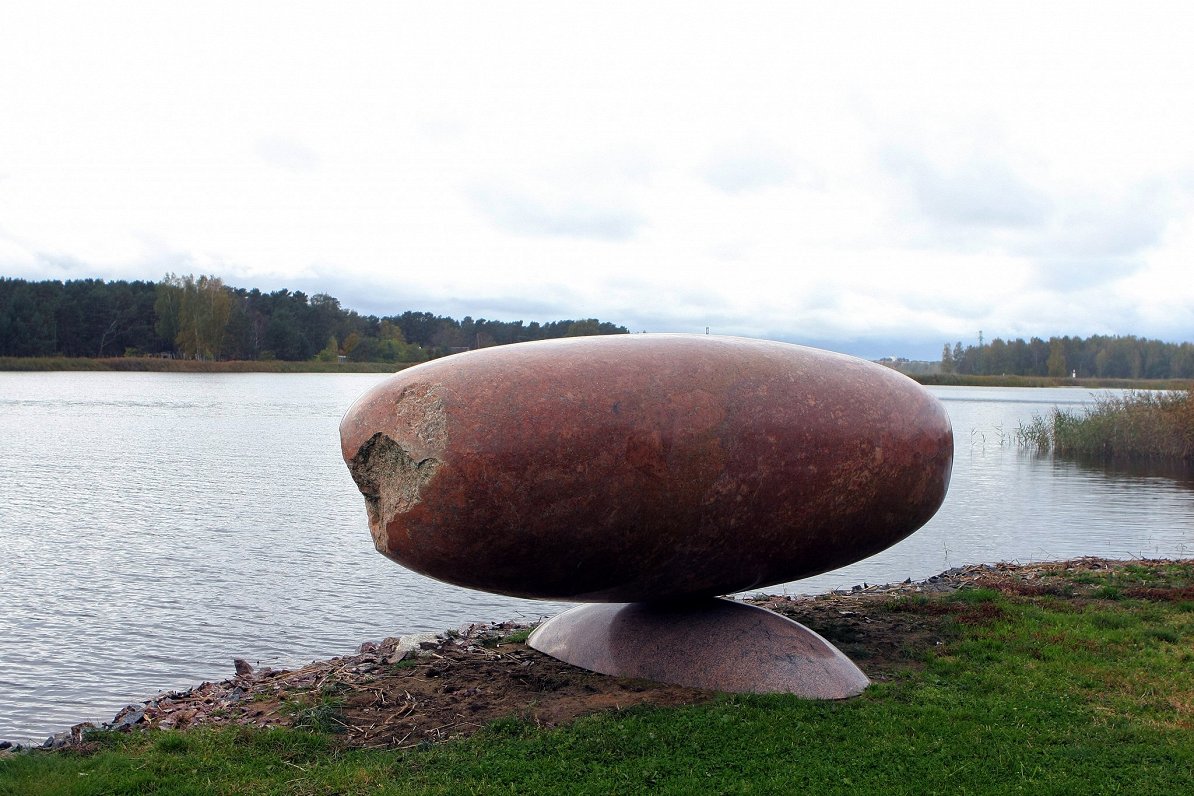
“It’s not like the stones are just sitting there. Sometimes it takes many trips over several years until I find the right one,” he says. “And I’m not the only one who wants to get a hold of them! But if the story really moves me, then I don’t worry about how long it takes.”
He then spends a year or more meticulously shaping it into his vision. With some segments weighing over 20 tonnes, he hires cranes to get them into place, but otherwise it’s all his own effort, and reveal his personal outlook on the world.
The relationship between humans and the environment is a theme he often revisits. The most recent completed work is “The Sun on the Hill,” a three-tonne ball precariously perched on a rough-hewn base paying homage to Latvia’s favourite holiday, the summer solstice.
The burger-shaped “Icon” is a statement about materialism. Pauls happily describes that wagtails like to nest in the nooks of this bulging metaphor.
“Once upon a time, people worshipped stones, trees, the wind, the sun, fire, and later Jesus Christ,” says Pauls. “Today, the hamburger is sacred.”
A giant spinning top titled “Time Toy” also poses metaphysical and ethical questions.
“If we assume that God has created the world and put the Earth into rotation, then it is people’s responsibility how long this rotation will continue,” says Pauls.
A hulking stone gas mask in front of the house is whimsically called “A Dream during the Full Moon about a Better World.” It was completed in 2018 and is not a reference to the current fad for face coverings as some viewers assume. Pauls points out that the material used is a natural resource, which he is concerned we are consuming at a devastating tempo.
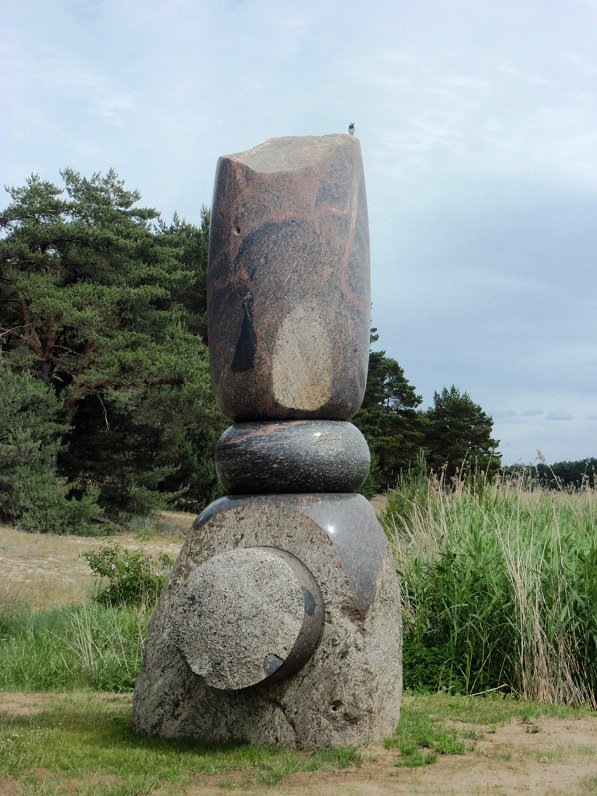
“It poses the question to the viewer: What sort of a world do we live in?” he explains. “In my opinion, we are living in a toxic world, poisoned with greed, egoism, the cult of materialism, globalisation, and degraded values. The pandemic is just a few clouds that will soon drift away, but these things will linger on. “
Lean times
Aside from his epic hobby, Pauls earns a living doing commissioned works for private clients and public art projects. But he hasn’t had a decent order for the last two years, and has been living off a 140 euro a month state pension. He has received co-funding from Latvian state bodies for a handful of sculptures, but there is far more appreciation for his efforts from abroad. He has taken part in symposiums in Canada, Japan, Italy and Iran, and the BBC is believed to be planning a feature on the park when travel restrictions are lifted.
In the meantime, while there is no entry charge to the park, grateful visitors leave enough cash in the donation box to occasionally hire a crane and add another sculpture to the ensemble. Several more are in progress, and while looking forward to his seventieth birthday in July, Pauls shows no sign of slowing down.
This feature was originally published on the website of the Latvian Institute and is reproduced here with permission.
